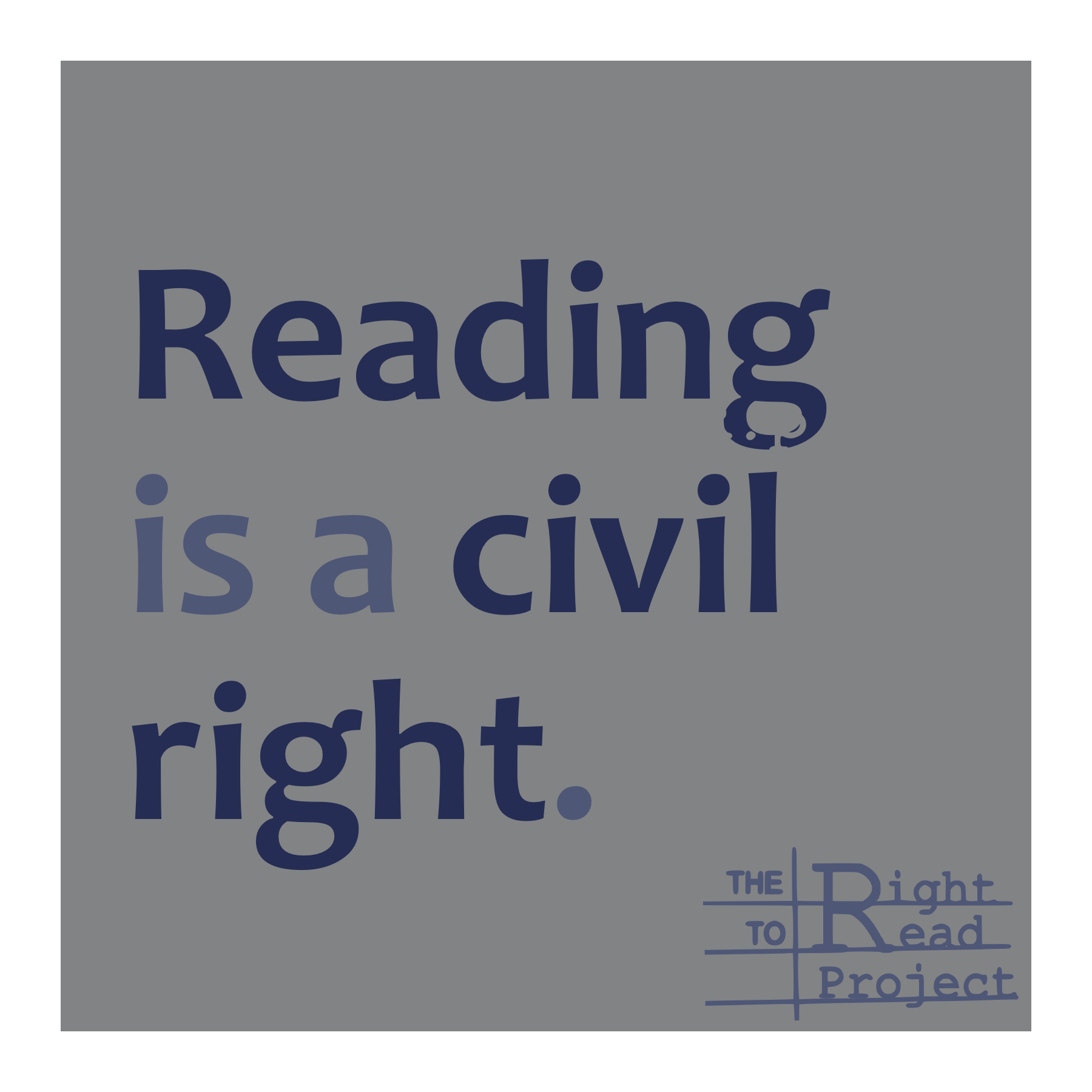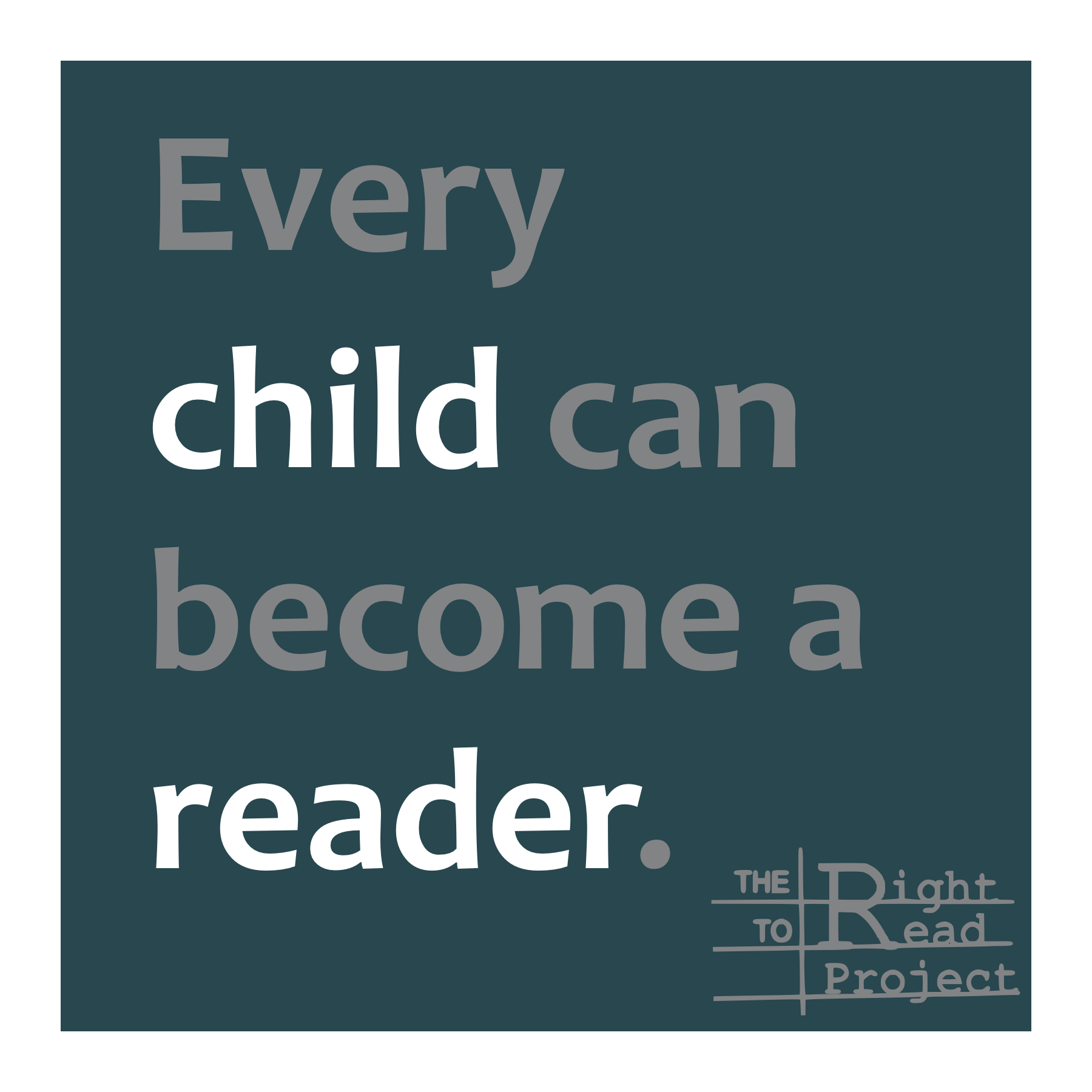There’s new momentum behind teaching reading more directly and explicitly, but many of us are wondering: is this just another swing of a pendulum? It’s hard to believe that investing in new reading practices is worthwhile if the new practices will fall out of favor in a few years. But for district leaders who want to make a lasting impact, there is no better focus than reading instruction– and, if we proceed thoughtfully and bravely, we have the power to stop the pendulum.
We can not sweep the last adoption under the rug.
Why can’t we simply replace balanced literacy with new curricula? Because we need to stop history from repeating itself. The pendulum exists only because we haven’t allowed matters of instruction to be settled by science. Evidence available to us since the 90s could have ended the reading wars, but rather than embrace “settled science,” we allowed publishers and educational gurus to swing us back towards ineffective practices. Since then, advances in cognitive science have added depth and dimension to what what was known 30 years ago, but that new learning has yet to reach our classrooms. In order to stop the pendulum, we must commit to staying up to date with reading research and pursuing only evidence-based practices.
We need to take action.
Many of us regret the balanced literacy programs being used in our schools (especially when we look at the resulting student data) and turning regret into action is a daunting task. But every day we permit reading instruction to continue as it is, we miss an opportunity to help children.
To throw a previous administration under the bus is not a viable option either. If we blame people or politics rather than seize this opportunity to discuss instruction, we’ll miss a chance to inoculate ourselves against practices that do not benefit children but will likely resurface. Leaders in education must not only model how to embrace reading research, but also how to sift through and push aside practices that are not worthy of our students.
Brave leadership teams across the country are taking action and are asking themselves powerful questions.
- Reviewing current reading research, together
- What is known about effective reading instruction?
- How can teachers trust a new initiative is progress, not the swing of a pendulum?
- Conducting curriculum and professional development audits
- What values or beliefs are reflected in your district’s current approach to teaching reading?
- Which values do you still hold?
- What beliefs about reading or teaching have you reevaluated?
- Reviewing past and planned expenditures
- As you review materials or trainings, which are aligned with reading research? Which are associated with practices you’ve evaluated and discarded?
- How will you close the door to professional development that runs contrary to reading research?
- How will you ensure teachers transition completely to the new curricula?
- What will happen to old materials?
- Sort them.
- Materials that might be used if, after the new program has been fully implemented for a year or two, data show supplementation is needed.
- Materials that promote ineffective practice. These will need to be discussed and permanently removed.
- Sort them.
- Exploring new options
- Embark on thoughtful curriculum/assessment adoption and engage teachers, principals, union representatives, parents, etc.
- Making and communicating decisions
- Clearly communicate the rationale(s) behind decisions.
- How will the new curricula, assessment, and professional development benefit teachers and students?
- How will classroom instruction change? What supports will be provided to school sites as they transition?
- Which changes are non-negotiable? Where is there flexibility or room for teacher and school autonomy?
- Training leadership and then teachers
- What support and guidance will teachers receive from the administration?
- How will you help teachers commit to new practices long enough to see results?
Conversations like these are difficult because we know what is at stake and we care about the outcomes, but our students need for us to have them. Professional discord and debate can allow leadership to vet ideas, prepare for difficult questions, and troubleshoot.
It’s worth it.
Research has shown reading proficiency rates can be near 100%, so the potential for large-scale change is both daunting and exciting. We have access to more information about student learning, instruction, and implementation than leaders before us, and new knowledge brings new possibilities. We have the opportunity and the responsibility to align classroom instruction with reading science so that all of our students learn to read.









I think worrying about how to keep the pendulum from swinging back and forth is not where we need to put our energies. If all those who believe in students’ right to read (and I don’t know of any educators, scholars, and/or researchers who don’t) combine their strengths and areas of expertise, we can achieve our shared goal. The International Literacy Association believes in the right to read: https://www.literacyworldwide.org/docs/default-source/resource-documents/ila-childrens-rights-to-read.pdf. The American Library Association believes in the right to read: http://www.ala.org/aboutala/sites/ala.org.aboutala/files/content/LBOR%20%26%20FTR%20Statement.pdf. The National Council of Teachers of English believes in the right to read: http://www2.ncte.org/statement/righttoreadguideline/ . These organizations focus on somewhat different aspects of the right to read, and that is good. We can all learn from each other and support each other.
So yes, let’s pay attention to well-designed, thorough, ethical research to guide us in helping all children learn to read. Research shows us that decoding and fluency are crucial. Research shows us that engagement and cultural relevance and self-efficacy are crucial. Research confirms that access to books and volume of reading are crucial to readers’ success. Research demonstrates that achievement improves when schools have certified librarians, and classroom libraries. Research concludes that knowledge of disciplinary literacy and content area teachers’ involvement in literacy instruction is necessary. Research concludes that literacy achievement and social emotional aspects of learning are interconnected. We know from research that some readers, such as those with dyslexia, need more intensive instruction that meets their particular needs. Research shows us that we need to attend to visual literacy and digital literacy because texts have changed as our world has changed. Research shows that attending to issues of social justice helps students be in safe places where their needs are met and they can be ready to learn. Let’s use all the wonderful research at our disposal.
Together, we can assure that a few years from now, there will be no need for fear of a pendulum swinging back to any “wrong” way of teaching reading. Rather, we will be rejoicing that our students are skilled readers and thinkers who love learning and use texts of all sorts for pleasure and academic advancement. Thank you for reminding all of us of that precious right to read.